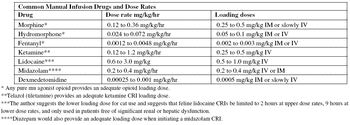
Analgesics administered by intermittent bolus create broad swings in drug plasma levels.

Analgesics administered by intermittent bolus create broad swings in drug plasma levels.

Until recently, there was little scientific basis for interpreting response to various techniques of diagnostic analgesia of the digit.

The major barrier to good pain management is the mythology that has persisted around animal pain behavior, physiology of pain, owner psychology and analgesic drugs and techniques.
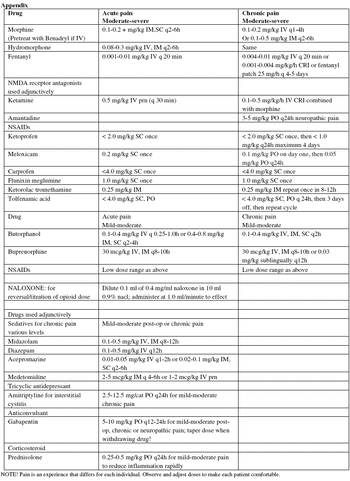
Awareness of the possibility of pain is the first step to its alleviation and prevention.
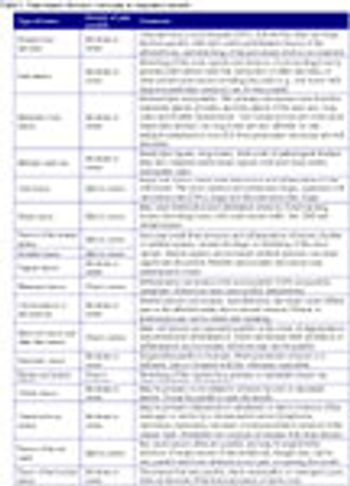
The biggest problem to overcome before treating pain in veterinary medicine is properly identifying the pain.

It can be estimated that more than half of tumor-bearing pets suffer cancer-related pain.

Anyone who has suffered from tension headaches, tennis elbow or recurrent back pain has experienced some form of myofascial pain.

Postoperative care of the neurosurgical patient is contingent upon a team approach that begins with patient evaluation, pain management, bladder assessment and supportive care.

The framework of effective pain management systems rests solidly on the foundation of recognition/assessment, pre-emption, and using multiple modalities.

There are no laboratory or imaging tests available that can confirm the presence of trigger points or myofascial pain disorders, although new studies into the identification of taut bands with magnetic resonance elastography are promising.

Trauma is perhaps the most instantly recognizable cause of acute pain in man and animals and is a common cause of critical illness.

The neuro-anatomic, physiologic, and molecular basis of nociception is a rapidly evolving field of study.

Many modalities may be employed to minimize both acute and chronic pain, but it is clear that non-steroidal anti-inflammatory drugs will likely remain one of the most commonly used tools in veterinary medicine.

As their name implies, nonsteroidal anti-inflammatory drugs (NSAIDs) are used in the treatment of inflammatory conditions, which are characterized by redness, swelling, heat, pain, and loss of function.
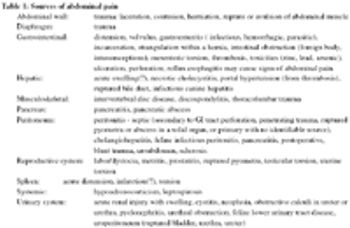
"Acute abdomen" is widely understood by clinicians as a potentially serious syndrome that is typically accompanied by spontaneous and evoked behavioral signs of pain.

Pain ranges in prevalence from 15 to 90% among human cancer patients, with an incidence and severity that parallels disease progression.

There are a number of special considerations that must be addressed when treating equine patients with myofascial pain and dysfunction.

Pain can be protective, but through the stress response it may also contribute significantly to patient morbidity and even mortality.
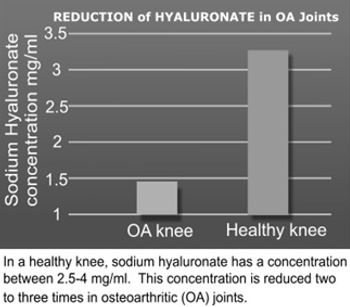
Clients tend to come into our exam rooms with many different ideas on how to treat their pet's arthritis, both the pain and as a disease.
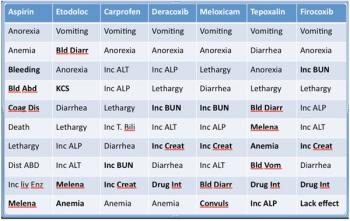
For many years, chronic pain in dogs and cats was either tolerated as a necessary evil, or was considered a reason for euthanasia to relieve the pet from unnecessary suffering.

Endotracheal intubation is the placement of a tube that extends from the oral cavity into the trachea.

The concept of using stem cell therapy as a form of regenerative medicine was born out of a lack of satisfactory therapy for degenerative diseases, such as osteoarthritis.

Blood pressure is the driving force for blood flow (perfusion) through capillaries that supply oxygen to organs and tissue beds of the body.

Every cell in the body needs a constant supply of oxygen to produce energy to grow, repair or replace itself and to maintain normal vital functions.

Although the principles of critical care are universal in all species, veterinarians face a unique set of challenges when dealing with small mammals.